by Ken Gargett
Even though Penfolds releases all its top wines – the “Penfolds Collection” – at the same time, eyes of wine lovers around the world are always focused on one wine: Grange!
Though there has not been Grange Hermitage for many years (the last was 1989), one still often hears it called that. With the 2014 being a very fine vintage, much was expected.
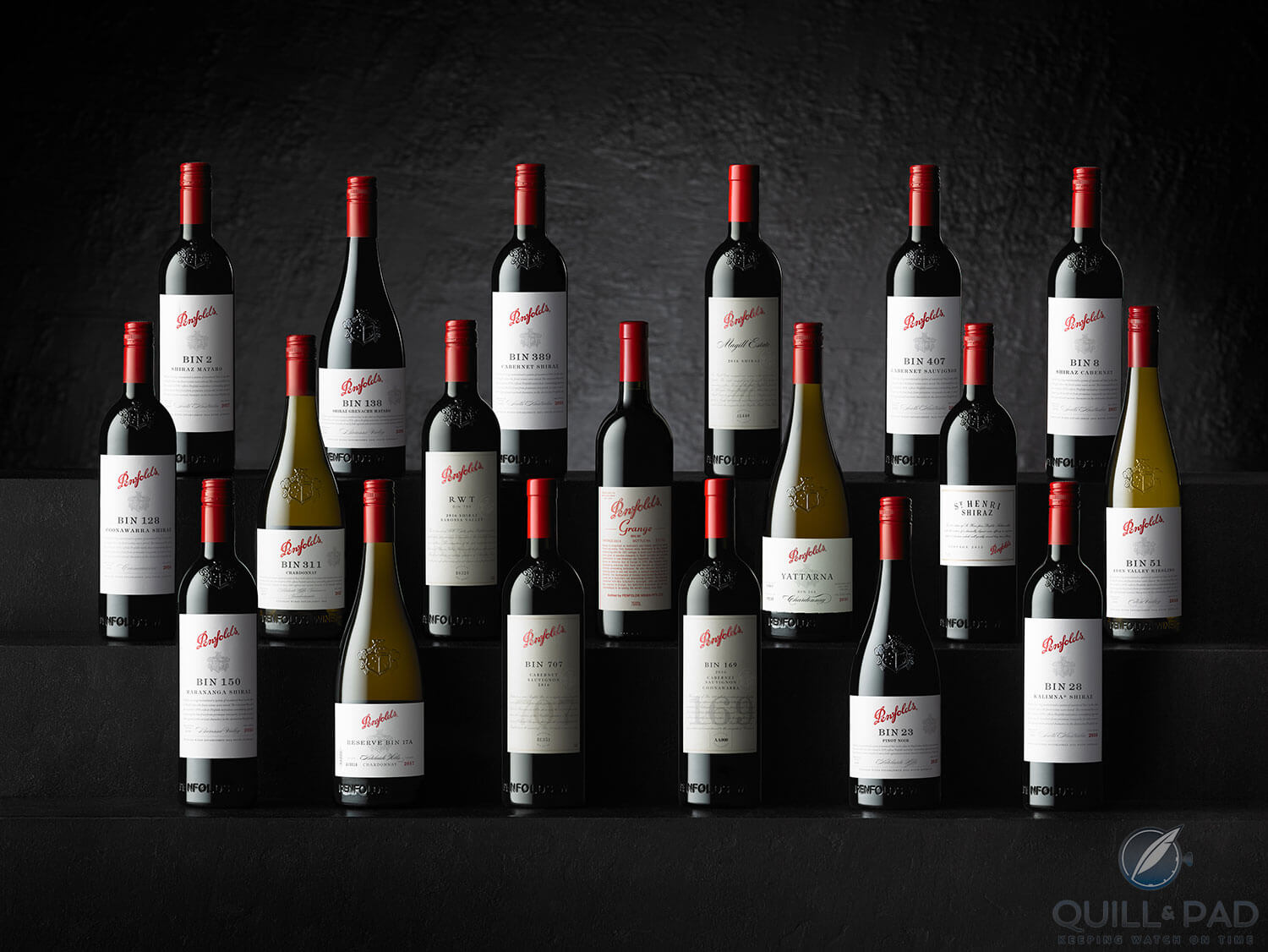
Penfolds Collection 2018
Grange is Australia’s most famous wine, although one that should never have been. Back in the late 1940s, Penfolds’ chief wine maker was Max Schubert. In those days fortifieds ruled in Australia, and Schubert was sent on a research trip to the fortified-producing regions of Europe like Spain and Portugal.
He returned to Australia via France and spent time around Bordeaux. As Schubert himself has said, “I was fortunate to be taken under the wing of Monsieur Christian Cruse, one of the most respected and highly qualified wine men of the old school of France at that time, and he afforded me, among other things, the rare opportunity of tasting and evaluating Bordeaux wines between 40 and 50 years old, which were still sound and possessed magnificent bouquet and flavor.”
These were the wines that really excited him. He was determined to make a great Australian wine in the style of the top Bordeaux first growths to which he had been so kindly introduced. The management at Penfolds allowed him this hobby, while he worked with all the usual wines.
He soon encountered a few problems, but never wavered in his determination. As previously mentioned, the Aussie market was heavily focused on fortifieds so selling wines like this might prove challenging. A more immediate issue was the fact that Australia simply did not have a sufficient quantity of high quality Cabernet Sauvignon available from its Shiraz-heavy vineyards.
As for Merlot or Petit Verdot, forget it. There were tiny quantities of Malbec, but nothing like what would be required. Schubert, however, would not be deterred and decided he’d use the best Shiraz he could source with what quality Cabernet was available and/or needed.
The next problem was that in those days, Australia got the vast majority of its oak from American forests. New French oak was not just in short supply; it simply was not available to Schubert. So new American oak it was.
A little Grange history
And so, the “formula” for Grange was established. To this day, it remains heavily dominated by Shiraz with a few percent Cabernet in most, though not all, years. And it matures in 100 percent new American oak. There have been exceptions – the “hidden years” – which we’ll get to.
The first was the experimental 1951, of which there were apparently only around a couple hundred bottles made. These days, although the wine is almost certainly undrinkable, these bottles fetch $50,000 to $60,000 on the secondary market.
Schubert did not release these first efforts as young wines. He was determined to give them as much age as possible in order for them to show their best. That he was immensely proud of what he had created was never in doubt. Finally, the day came to unveil the wines to the board before they would be released commercially.
The board, at the very least, had, as Schubert said, become “increasingly aware of the large amount of money lying idle in their underground cellars at Magill.”
The first Grange tastings did not go well
A tasting with bottles from the first six vintages (1951 to 1956) was arranged. It was, to put it mildly, an unmitigated disaster. The board was utterly contemptuous. Schubert was devastated.
Among the responses to the wines – which included a description comparing them to “crushed ants” – one well-known wine expert said, “Schubert, I congratulate you. A very good, dry port, which no one in their right mind will buy, let alone drink.”
Another offered to take a few dozen off Schubert’s hands, but he expected them for free as he thought them not worth any money. One wanted some to use as an aphrodisiac, believing the wine to be like bull’s blood and hence, something that would “raise his blood count to twice the norm when the occasion demanded.”
A young doctor requested some as an anesthetic for his girlfriend (perhaps he wanted an appointment to the local court). Some of these wines, 1955 and especially the sublime 1953, are now considered some of the finest wines ever made in this country and beyond.
There was some support for the wine, and Schubert and others did try promoting it as often as they could, but the edict came down from on high: stop making Grange.
Despite knowing that disobedience of such an order would cost him his job, Schubert so believed in Grange that he was determined to proceed. In those days, head office was in the distant NSW capital of Sydney, and few knew what or where anything was in the cellars in South Australia. Records were not on computer, of course, so could easily be misplaced or fudged.
Schubert proceeded to make Grange, though he failed to share that information with HQ. He was forced to abandon new oak as there were no funds allocated for it, and the wines were squirrelled away in the cellars under false names and records. Hence, the “hidden Granges” of the years 1957, 1958, and 1959.
There were still bottles of the earlier wines around and they were regularly entered into shows, where they started to win all before them. The board took notice and before the 1960 vintage, gave instructions to Schubert to recommence making Grange. How one would love to have been the proverbial fly on the wall when he told them that he had never stopped.
Schubert was the first wine maker, and only Don Ditter, John Duval, and Peter Gago have ever held the reins of Grange. Over the years, there have been many stars – 1971, 1976, 1986, 1990, 1991, 1996, 2002, 2004, 2008, 2010, 2012, and 2013 just to name a few favorites.
Grange has never missed a vintage since that first experimental offering, establishing a reputation as one of the world’s finest wines, one that can age for many decades.
A taste of the Penfolds 2014 Grange
The 2014 vintage has hit new heights with pricing, if nothing else: AUD$900, up from AUD$850, although some of the other releases in the collection have seen even more severe rises. In the end, what matters is what is in the bottle.

Penfolds Grange 2014
My first impression is that this is an undoubtedly fine Grange and a Grange that absolutely reeks of being Grange, if that makes sense.
This is exactly what one expects with Grange. Unmistakable. That said, it is perhaps more marginally forward than many. More elegant and refined. This does not venture into blockbuster territory, which is never a bad thing.
Lots of spices, black olives, blueberries and blackfruits, leather, freshly hewn wood, dark chocolate. Seamless palate. It might reach its peak earlier than some recent releases, but that does not mean it does not have decades ahead of it.
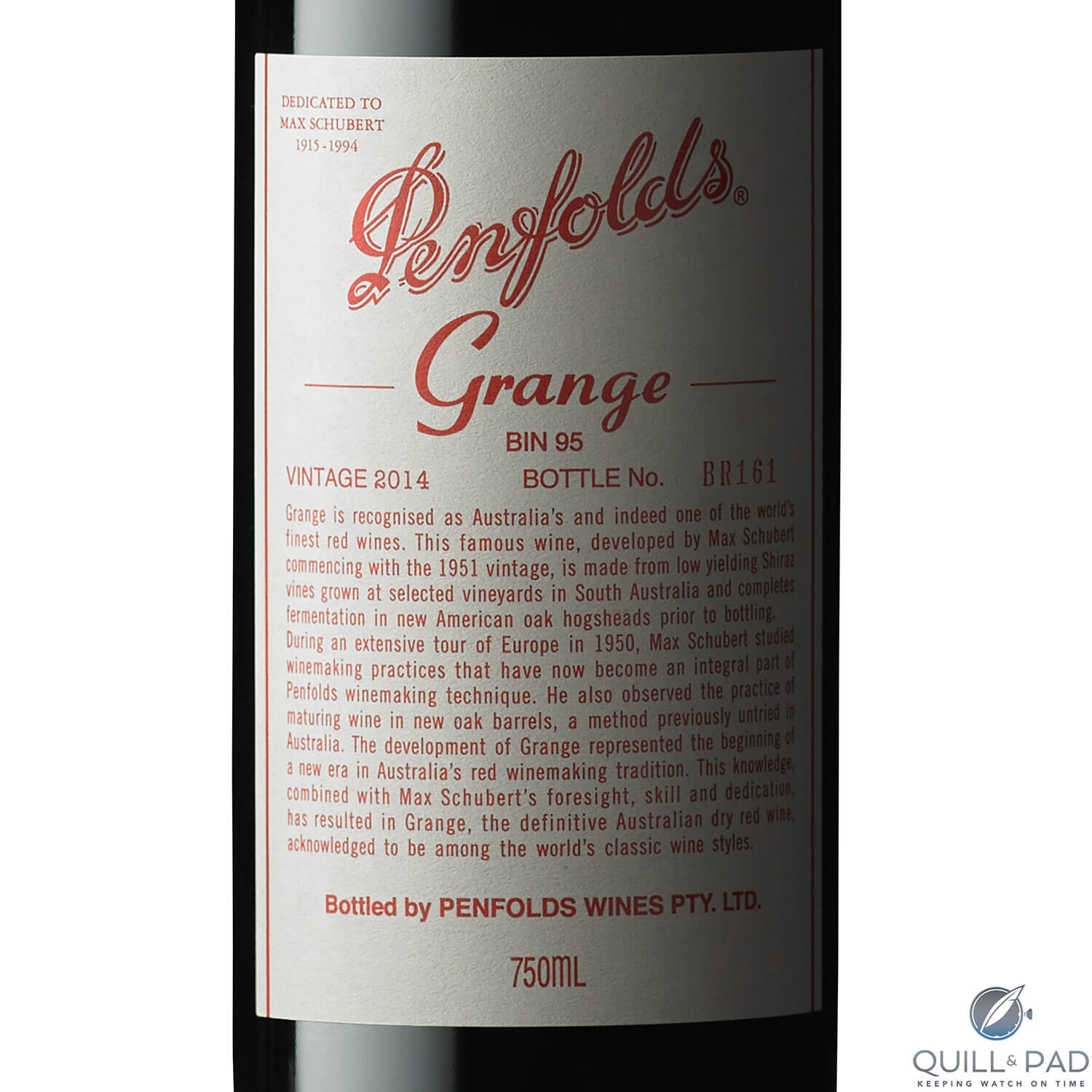
Penfolds Grange 2014 label
Did the 2014 exceed expectations? No, I don’t think so, but rather I think it fair to say that it meets them. A very fine Grange, which inevitably means a superb red wine. Whether it is worth the money is up to the individual, but then the same can be said of all the great wines of the world (and great watches as well).
For more information please visit www.penfolds.com.
You may also enjoy:
The World’s Best Wine? No Contest: Romanée-Conti By Domaine De La Romanée-Conti
Penfolds G3: Making Grange, Already One Of The World’s Greatest Wines, Even Better
Penfolds Special Bottlings: Spirited Wines, Distilled Single Batch Brandy, And A Fortified
Leave a Reply
Want to join the discussion?Feel free to contribute!








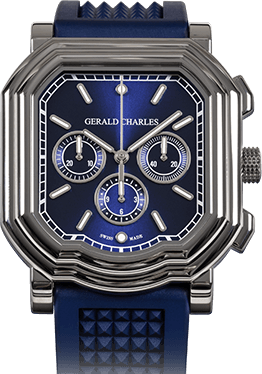
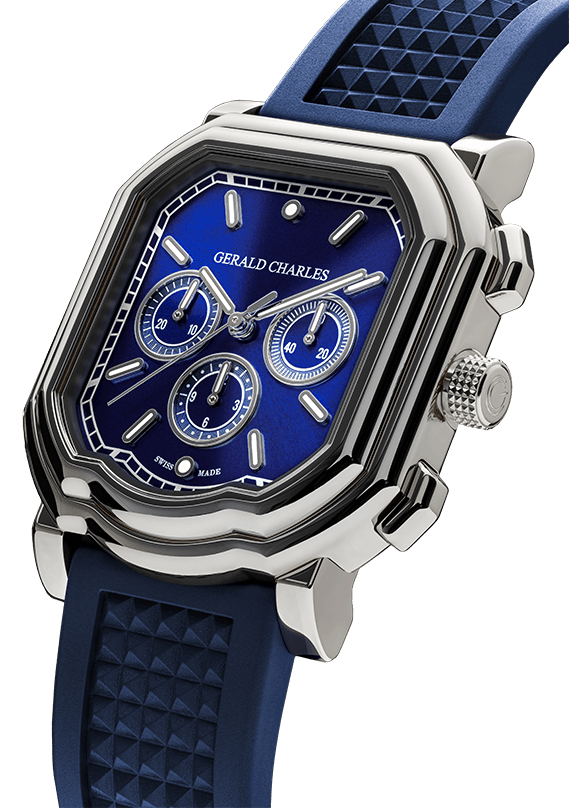

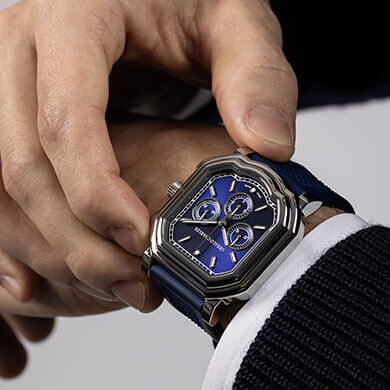






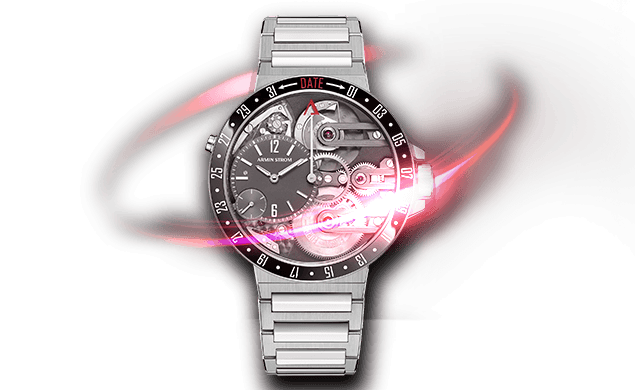
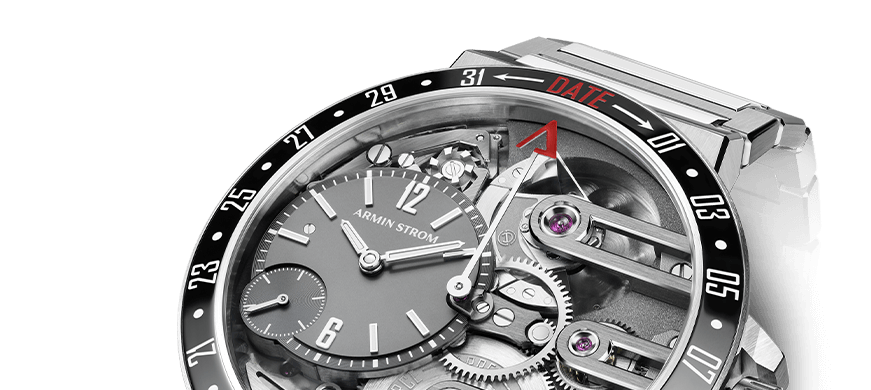
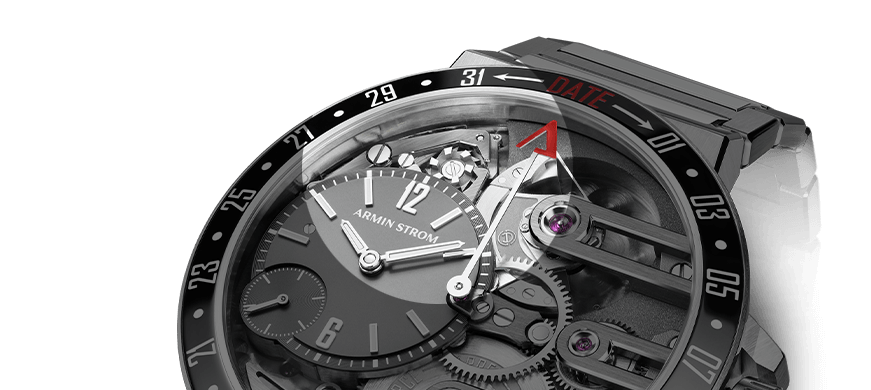


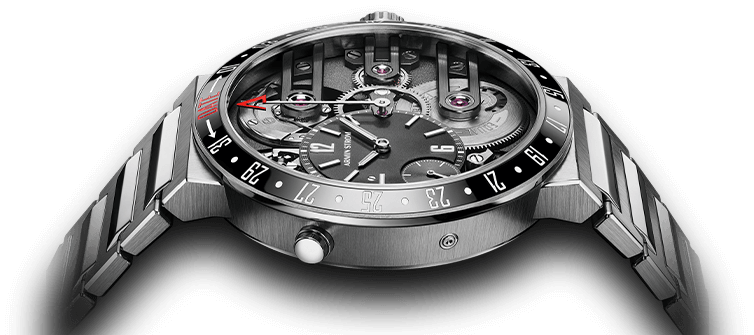



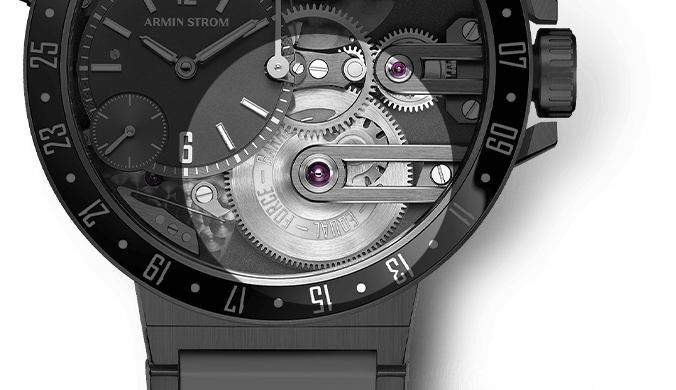


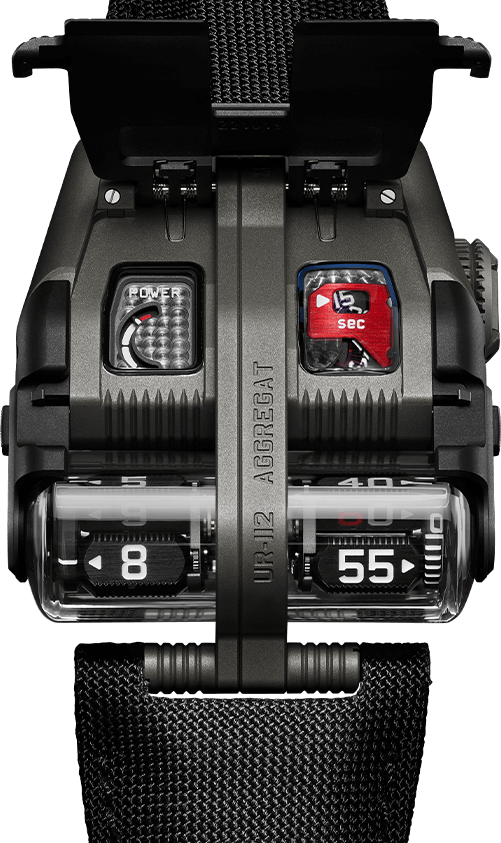



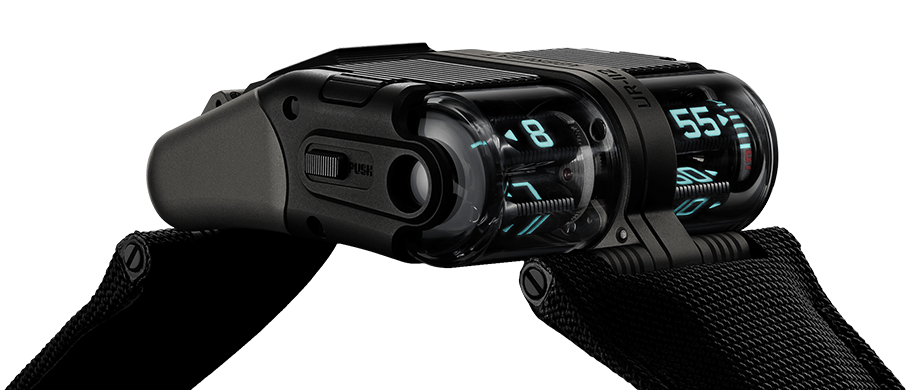


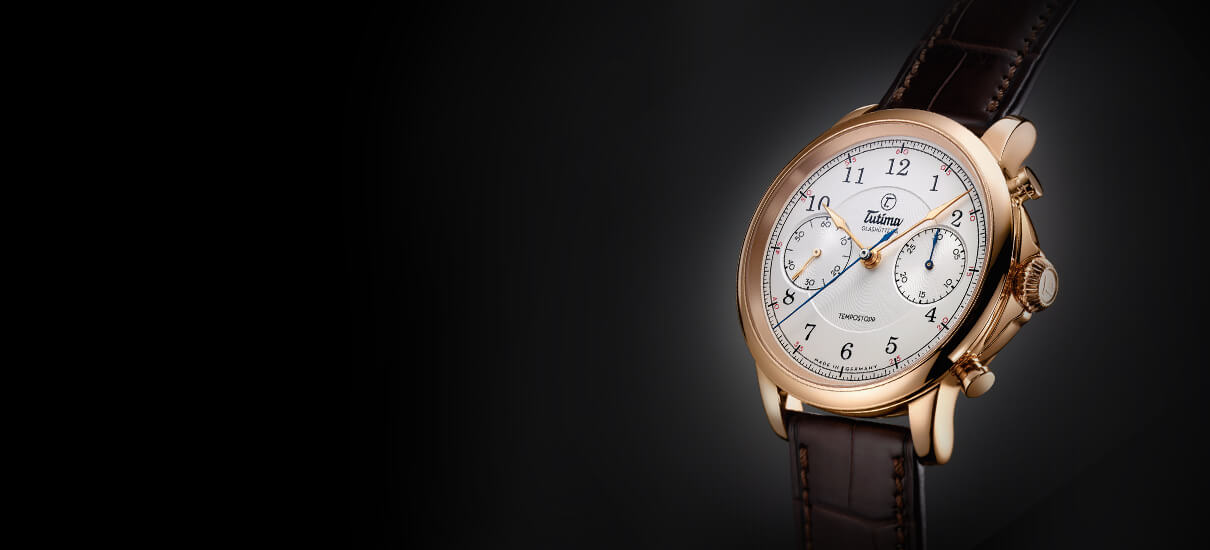

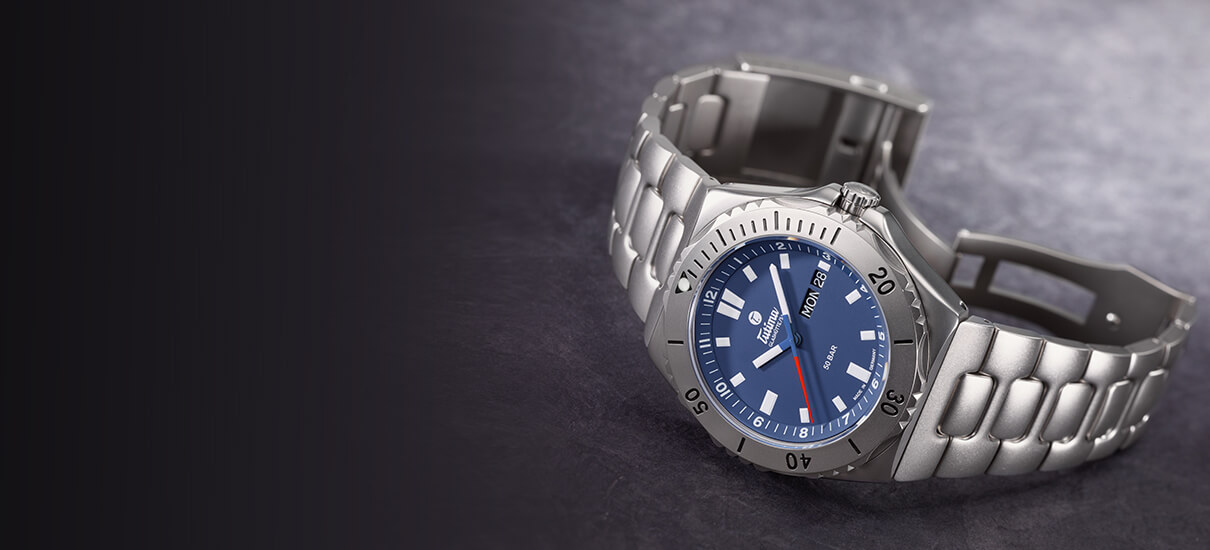

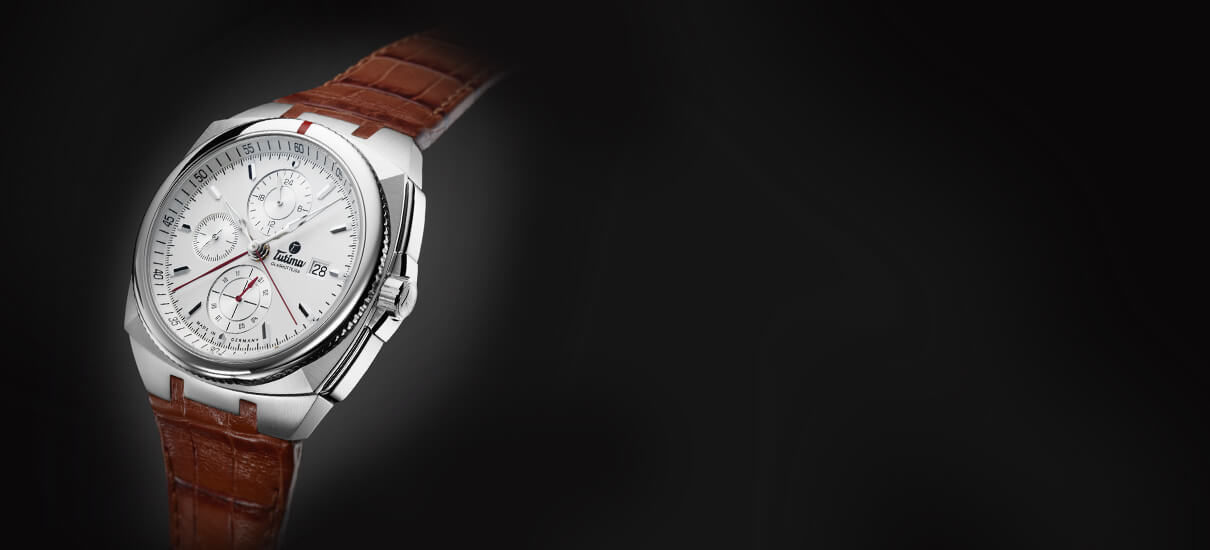

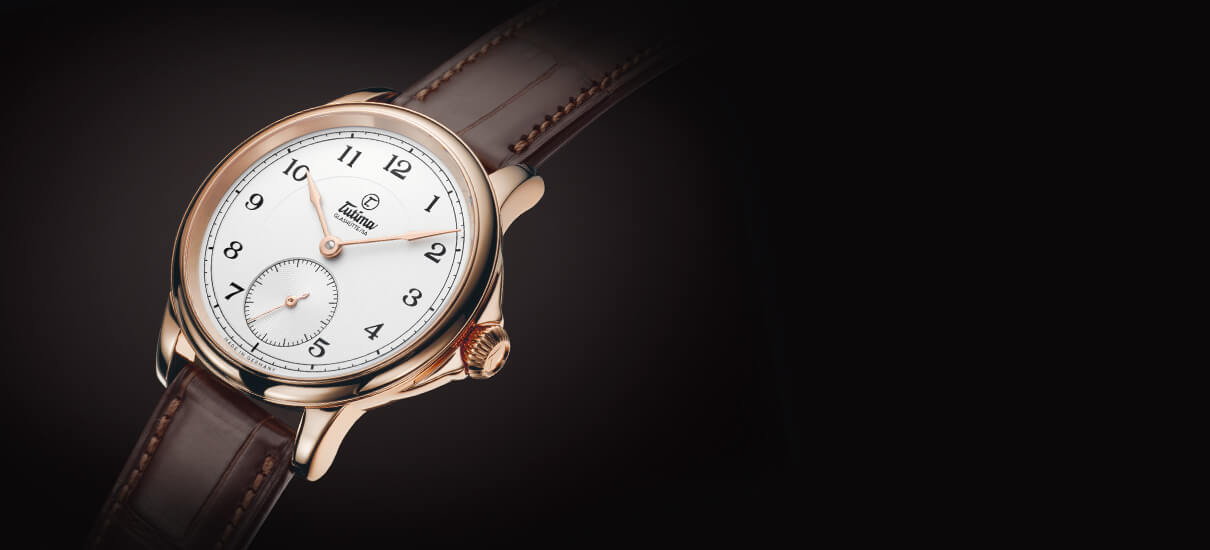

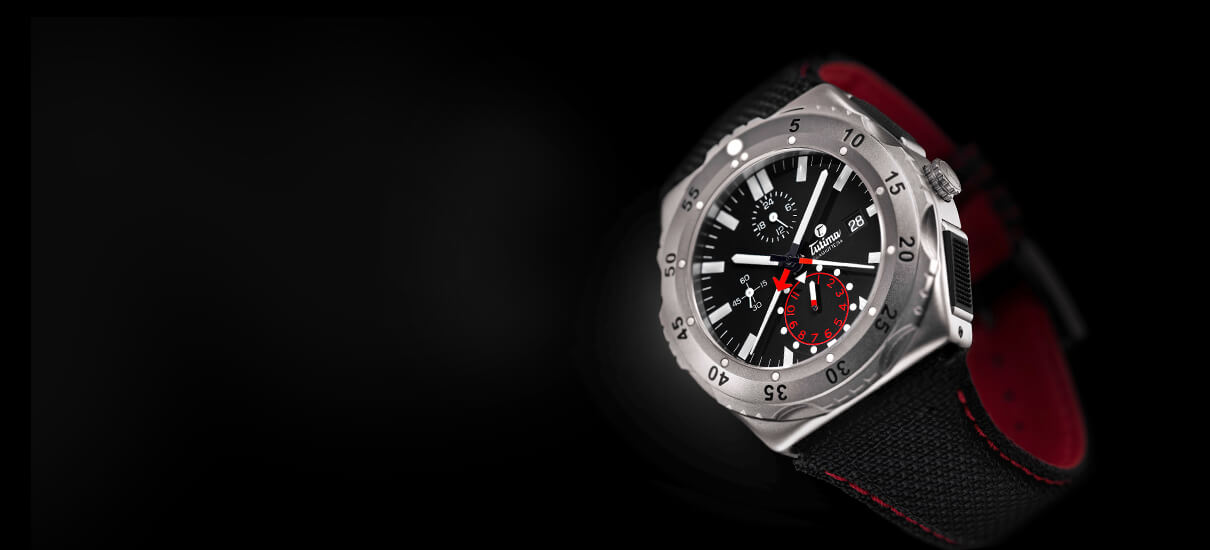

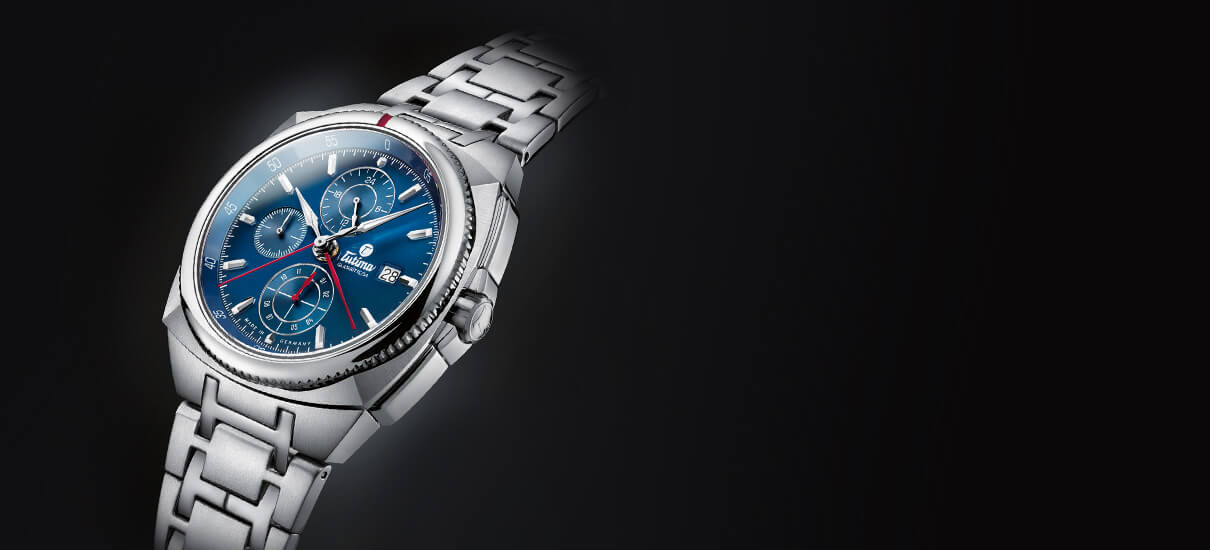

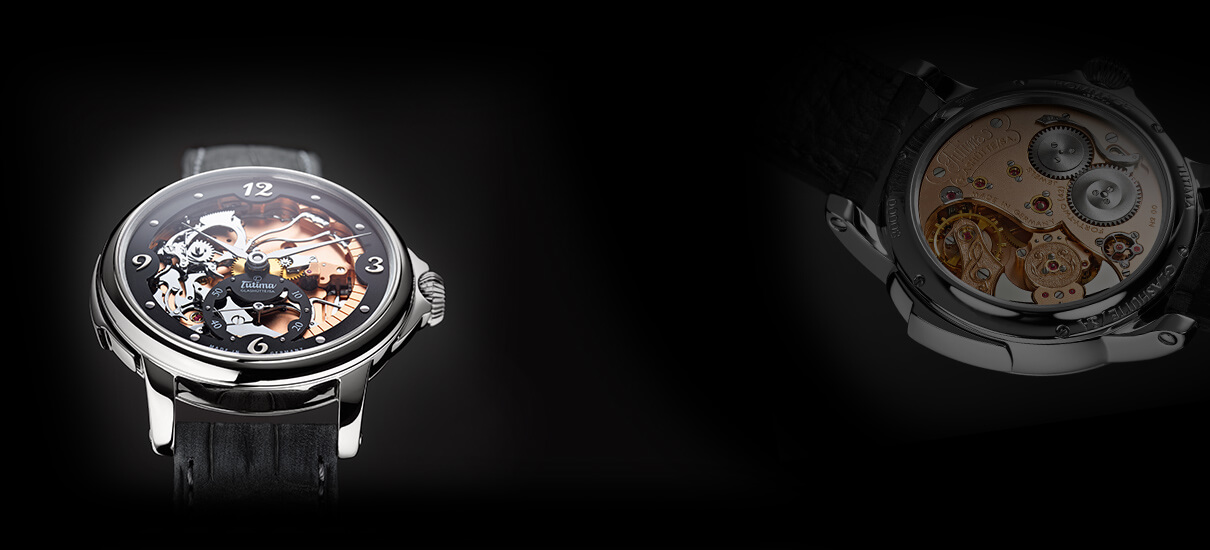



Grange may well be Australia’s most famous wine, but to describe it as it’s best wine is an unfair and rather ill informed assessment. There are many Australian wines that could claim that title. Ultimately the title is highly subjective and indeed somewhat meaningless.
Hi Ben. Thanks for responding. A few thoughts.
First, while I would never wish to throw my esteemed editors under the bus in any way, one of the first things I learnt when I started writing was not to read too much into headlines (and photo captions). The writers rarely have direct input, though of course, the editors will take them from the text, so I cannot escape all responsibility.
So with that caveat, I would point out that I don’t actually use the term “best” in the text. One of the world’s finest, absolutely. That may be semantics, but I would suggest that any article looking at wines, champagnes, spirits, cigars, travel experiences, presumably watches, in a qualitative sense will always involve a degree of subjectivity. Most of them would be fairly dull if they did not.
But perhaps more importantly, you raise the issue of what is the best wine from Australia. Is there one? Obviously, this is a totally personal (and, yes, subjective) assessment. I would never expect everyone to agree on this.
For me, I would argue that Grange most certainly deserves the most serious consideration but agree that there are others. I’d agree that there are many fine Australian wines but not sure I’d agree that there are many contenders for the title of “best.”
Perhaps we need some criteria as to what would allow a wine that title – at this stage, I am sticking to reds as bringing in others makes things even more difficult.
Quality, obviously.
Longevity?
A long history of exceptional releases?
Surely it should be a wine that stands out as one of the very best of the vintage in almost every year.
I’d argue Grange fulfills all those requirements. Not too many others do, I’d suggest.
If I was asked for a short list: Grange, Henschke’s Hill of Grace (surely its closest competitor for want of a better term), Cullen’s Diana Madeline Cabernet, Clonakilla Shiraz Viognier, and possibly Bass Phllip’s Reserve Pinot Noir. Rockford’s Basket Press another contender.
There will be plenty of wines that might top these in some vintages, but I don’t believe there are many that do so to the extent needed to have them in the conversation (I have no doubt I’ll think of others as soon as I post).
I’d be most interested to hear of the many, or any, of which you speak or which any other reader might like to suggest. Especially if I missed some.
Thanks Ken for your thoughtful and detailed response. I note that you did not in fact use the descriptor ‘best’ in the article you penned. In that case, I reserve my criticism for the publisher!
I agree with many of the points you raised. I also like your shortlist of other noteworthy Australian wines, although there are of course plenty of other potential candidates too. And I would include some whites in that shortlist – Giaconda Chardonnay, Grosset Polish Hills Riesling and Leeuwin Estate Art Series Chardonnay for example.
I promise to be kinder on your next article. Cheers
thanks Ben. in fairness to my publishers, the article probably could have been read that way.
i would never object to kindness from anyone but i’m just as happy if you keep giving your honest thoughts.
as for the whites you mention, i’m typing this with a glass of grosset polish hill next to me, been a long term buyer of giaconda chardy, from the early days, and i’m off to a tasting at leeuwin on sunday, so we think alike there.
ben, on an entirely personal note, and in the small world category, i just noted your email address and i see you are at carter newell. i worked with carter newell shortly after they opened – i opened their coast office. many years earlier, i had worked with michael newell at corrs. it really is a small world.
It is certainly is!